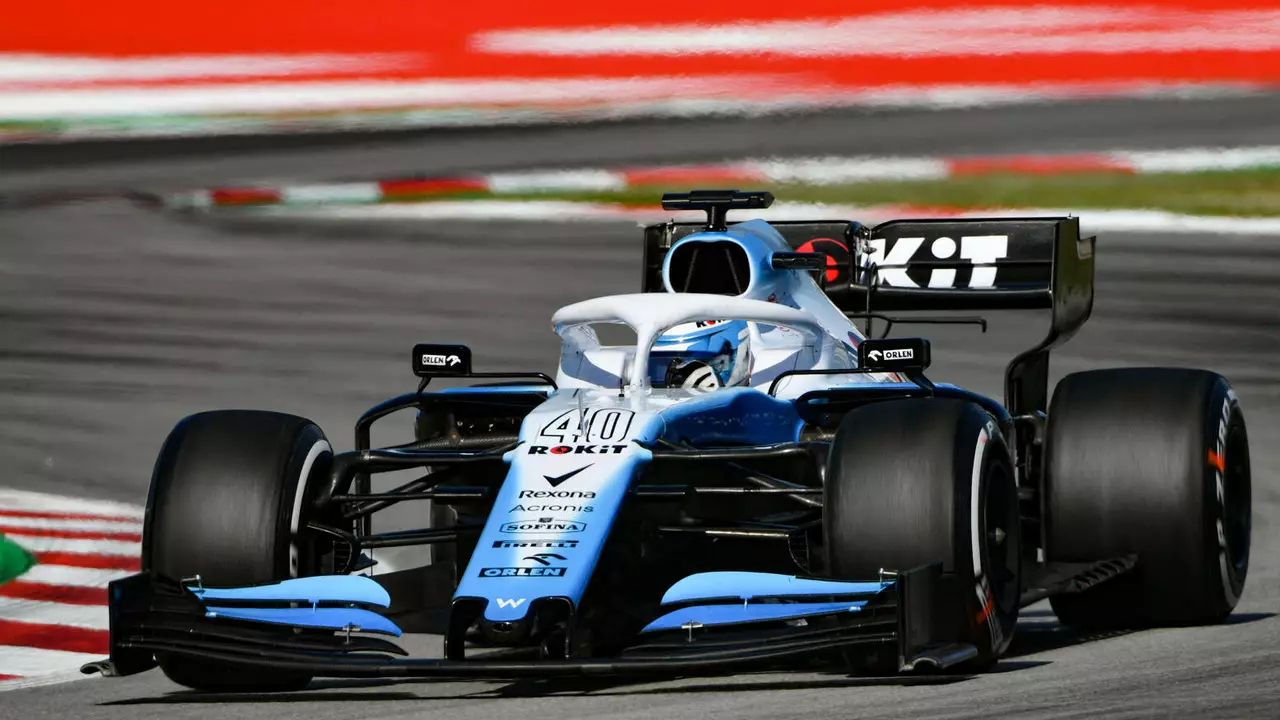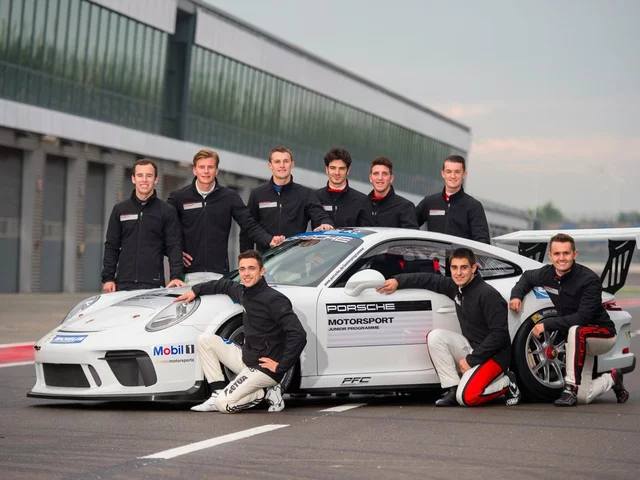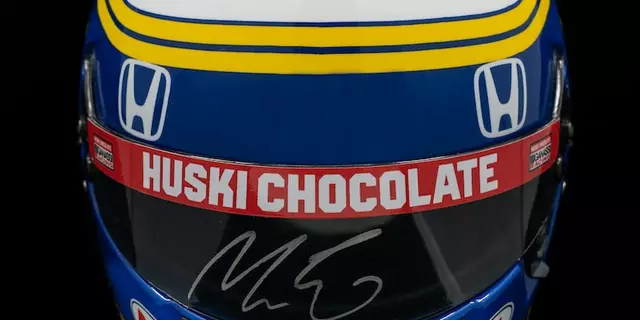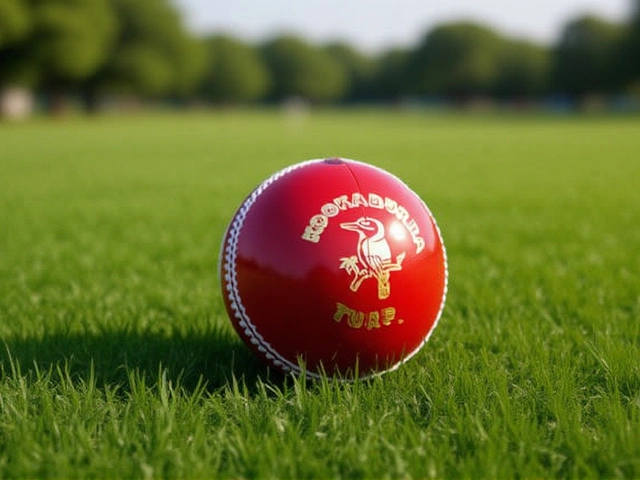Physically Demanding Motorsports: What Really Tests Drivers
Ever watched a race and wondered why some drivers look exhausted while others glide through? The answer is simple: not all motorsports ask the same amount of physical effort. From bouncing over gravel in rally to gripping the bike at 200 km/h in MotoGP, the bodies behind the wheel face real challenges.
Why some races feel like a workout
Rally is the heavyweight champion of endurance. Drivers and co‑drivers tackle unpredictable roads, sudden changes in weather, and steep climbs—all while listening to pace notes at full volume. One slip and the car can roll, so you need strong neck muscles, quick reflexes, and stamina to stay sharp for hours.
In MotoGP, the rider’s entire body is part of the machine. The bike leans over 45 degrees in a corner, pulling massive G‑forces through the legs and core. Riders use slipstreaming to cut drag, but that also means they must constantly adjust their posture to stay aerodynamically efficient. A moment’s fatigue can cost precious seconds.
Even series that look fast on paper, like IndyCar or Formula 1, demand a different kind of fitness. High cornering speeds generate lateral forces that test a driver’s grip and focus. While the cockpit is more protected than a bike, drivers still need strong shoulders and a steady heart rate to keep lap times low.
How drivers prepare for the grind
Most pro drivers follow a regimented fitness plan that mirrors the sport’s demands. Rally crews incorporate cardio, mountain biking, and strength training to handle off‑road shocks. Neck and upper‑back workouts are a staple because every bump can jolt the head.
MotoGP riders spend hours on balance boards, core drills, and flexibility sessions. They also do ‘simulation rides’ on stationary bikes to rehearse race lines without the risk of injury. The goal is to keep the body tuned for rapid weight shifts and precise throttle control.
Formula 1 and IndyCar pilots often work with sports scientists. They track heart rate, hydration, and reaction time during practice runs. Some teams even use hypoxic training—breathing reduced‑oxygen air—to boost endurance for long stints behind the wheel.
For fans, knowing the physical side adds a new layer of excitement. When you see a driver battling a hairpin after a grueling sprint, you’re witnessing not just skill but raw human endurance. It’s why a well‑timed overtaking move feels so rewarding—it’s the product of sweat, training, and focus.
So next time you tune into a rally stage, a MotoGP sprint, or an IndyCar oval, pay attention to the drivers’ posture, breathing, and sheer determination. Those are the real indicators of a physically demanding race, and they make every finish line worth celebrating.







